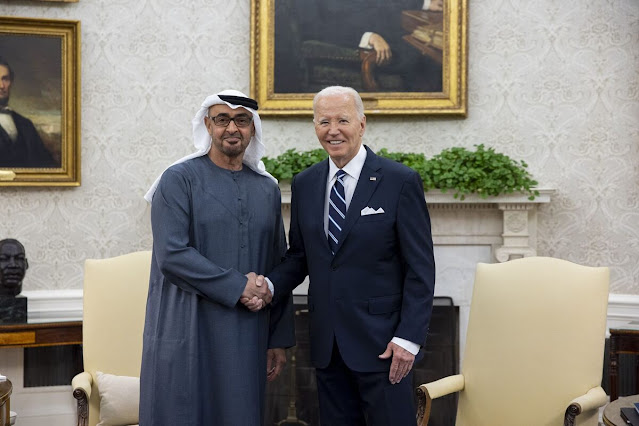Mercosur and the United Arab Emirates: Progress in Free Trade Agreement Negotiations
Discussions aim to eliminate tariffs and unlock new opportunities for agro-industrial products from the South American bloc.
Negotiations between Mercosur and the United Arab Emirates (UAE) have made significant strides, with the recent third round of talks focusing on tariff reductions and improved market access. This agreement could transform trade dynamics between the two regions, particularly benefiting the agricultural sectors of Argentina, Brazil, Paraguay, and Uruguay.
The third round of negotiations held in Montevideo at the end of October brought together representatives from Mercosur member countries and the UAE. Key topics discussed included market access, sanitary and phytosanitary standards, and technical trade barriers. The prospect of a comprehensive agreement facilitating trade between these two regions is becoming increasingly tangible.
Agro-industrial products are crucial to Mercosur's exports to the UAE. Recent data indicates that corn, soybean meal, and legumes are among the products that could benefit from the elimination of tariffs currently hovering around 5%. This agreement would not only ease access to a high-purchasing power market but also solidify Mercosur's position as a reliable supplier in the Gulf region.
Moreover, the UAE's interest in diversifying its food sources and ensuring food security has propelled these negotiations forward. The country’s food imports exceeded $22 billion in 2022, presenting a significant opportunity for South American nations looking to expand their footprint in this market.
In conclusion, progress towards a free trade agreement between Mercosur and the United Arab Emirates could mark a turning point in commercial relations between both regions. With the upcoming G20 summit as a potential backdrop for signing the agreement, expectations are high. This treaty would not only benefit South American exporters but also enhance food security in the UAE, creating a strong and lasting commercial bond.




Comments
Post a Comment